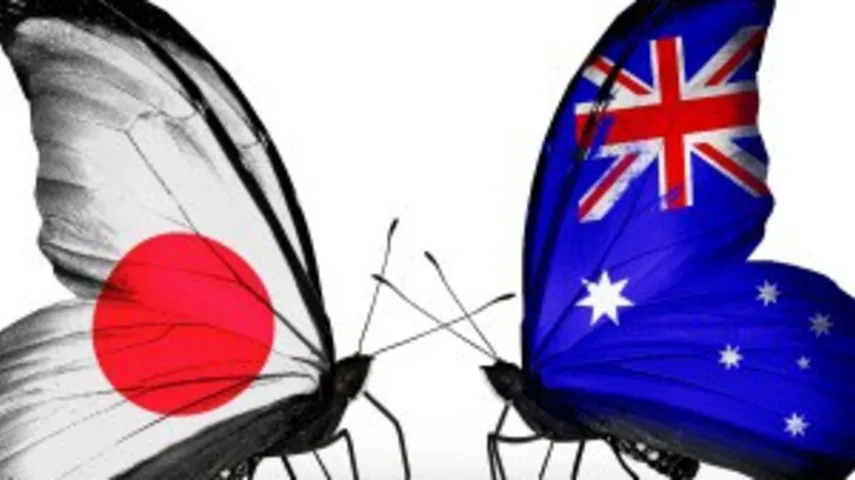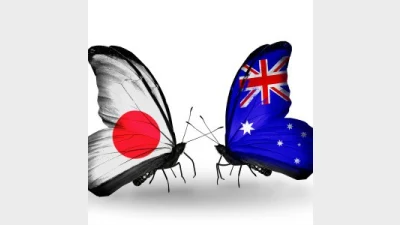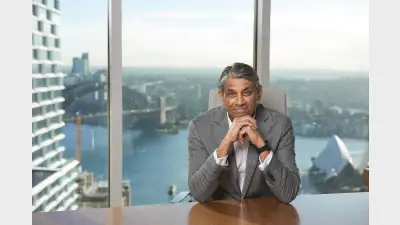Yes, we’re turning Japanese



Why are the Japanese insurers and institutions showing such interest in Australia’s life insurance assets while our major banks are looking to the exits, Mike Taylor asks.
When TAL delisted from the Australian Securities Exchange (ASX) and became a wholly-owned subsidiary of Japan’s Dai-ichi Life in 2011 it was seen as a significant strategic step on the part of an Australian life insurance company seeking to compete in a growing but highly challenging market.
Just over a half-decade later, Nippon Life now owns the bulk of the National Australia Bank’s MLC Insurance business while Sony Life has taken a significant stake in ClearView Wealth.
With ANZ having placed its wealth management into the market and with Suncorp “exploring strategic alternatives” for its life insurance business, further Japanese interest can be expected.
But why are the Japanese insurers and institutions showing such interest in Australia’s life insurance assets while our major banks are looking to the exits?
The answer, according to ClearView Wealth managing director, Simon Swanson can be found in the comparative lack of growth in the Japanese market and the inherent attractiveness of the Australian market in terms of its structure and regulatory underpinnings.
What Swanson might also have pointed to was the most recent round of reporting to the ASX, which revealed that the wealth management/insurance divisions of the major banks were proving to be less than stellar performers when compared to other divisions.
It is the relative performance of ANZ’s wealth/insurance business which has seen it placed on the block and it appears to be the same story with respect to Suncorp’s current exploration of “strategic alternatives for this business to better meet customer needs and maximise shareholder value”.
It will not have escaped the attention of investors that companies almost entirely focused on wealth management and insurance are doing better in comparative terms than their vertically-integrated counterparts, with TAL, AIA Australia, and ClearView each seeming to be meeting their objectives.
Former TAL chief executive and continuing Dai-ichi director, Jim Minto believes the changes currently being seen in the Australian life/risk industry owe their beginnings to decisions taken more than a decade ago when many institutions looked at Australia’s ageing population and reduced their reinsurance coverage.
He said nobody foresaw the consequences of the global financial crisis and the degree to which the heightened risk exposures would play out on balance sheets.
“Prior to that, Australia’s life insurance industry was relatively locally tightly-held,” he said. “That changed, and we saw the entry of global insurers who have a different view; a longer term view.”
Minto said he believed the entry of the global insurers would prove mostly positive for the Australian industry not least because it would see the exit of the Australian banks which could turn back to distribution and away from manufacturing.
Click here to read part one of this feature: Profit and loss in the move beyond LIF
Recommended for you
ETF providers are considering the phase-out of bank hybrids in their product development plans with billions of fixed income assets set to seek a new home in the coming years.
Bell Financial Group co-chief executive, Arnie Selvarajah, believes regulation will make the provision of episodic advice easier for consumers and is pivoting the business over the next two years to focus on wealth management.
Stakeholders in the professional year discussion underscore the challenges in the current pipeline and what is holding back licensees from taking on new candidates.
Formal education has played a large role in enhancing the advice profession over the last decade but, with the bar now so high, two advisers debate whether it is necessary to complete additional study.













